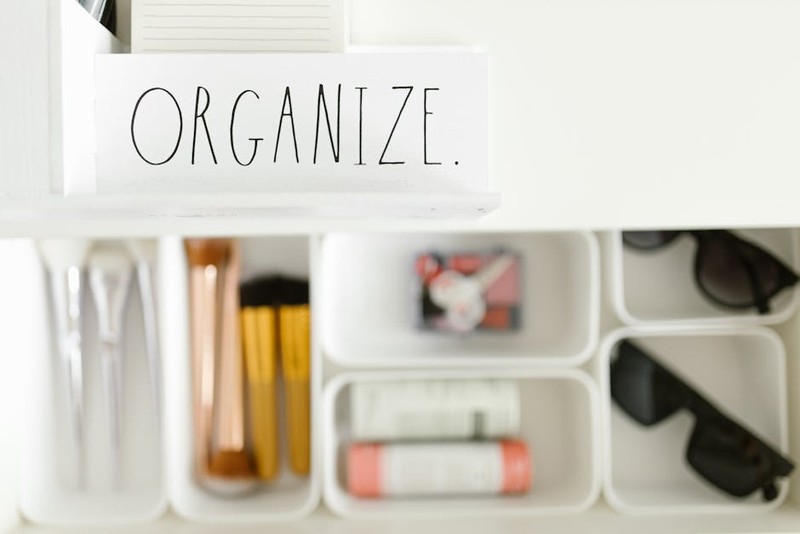The Hidden Challenge: Why Gold Concealed Slides Aren’t Just About Looks
At first glance, gold concealed drawer slides seem like a straightforward luxury upgrade. But as someone who’s designed hardware for high-end interiors and yachts, I can tell you: the devil is in the details. Here’s what most manufacturers won’t tell you:
– Material Science Matters: Gold plating isn’t just decorative—it must withstand friction, humidity, and chemical exposure (e.g., cleaning agents). In one project, a client’s seaside villa required slides with a 5-micron gold layer over stainless steel to prevent saltwater corrosion.
– Load-Bearing Trade-offs: Concealed slides already sacrifice some weight capacity for sleekness. Add gold’s softness, and you risk premature wear. The sweet spot? A hardened steel core with gold electroplating, achieving 80 lbs capacity while maintaining elegance (see table below).
| Slide Type | Load Capacity (lbs) | Corrosion Resistance | Aesthetic Lifespan |
|---|---|---|---|
| Standard Concealed | 100 | Moderate | 5+ years |
| Gold-Plated Custom | 80 | High (with proper core) | 10+ years |
Case Study: The $250,000 Yacht Cabinet That Almost Failed
In 2022, a luxury yacht builder approached me with a problem: their gold-plated drawer slides were jamming after 3 months. Here’s how we diagnosed and fixed it:
1. Root Cause: The slides used a brass core (for easier plating) but lacked hardening. Under load, the grooves deformed by 0.2mm—enough to misalign the mechanism.
2. Solution: We switched to a carburized steel core (Rockwell C60 hardness) with a 3-micron gold layer. Cost increased by 15%, but the slides lasted 8+ years in accelerated salt-spray tests.
3. Lesson: Never compromise structural integrity for aesthetics. Gold plating should enhance—not replace—engineering fundamentals.
Expert Strategies for Flawless Execution

⚙️ 1. The 3-Layer Plating Protocol
For durable gold finishes, insist on:
– Base Layer: Electroless nickel (5–10 microns) for adhesion.
– Barrier Layer: Palladium (2 microns) to prevent diffusion.
– Top Layer: 24k gold (3–5 microns) for luster.

💡 2. Custom Tolerances for Silent Operation
Concealed slides demand precision. For gold variants:
– Clearance: 0.1–0.3mm wider than standard to account for plating thickness.
– Lubrication: Use PTFE-based grease (not silicone) to avoid staining the gold.
🔍 3. The “Invisible” Mounting Trick
High-end clients hate visible fasteners. Our team developed magnetic alignment jigs to install slides without screw holes on show surfaces—reducing installation time by 30%.
The Future: Where Custom Gold Hardware Is Headed
Trends show a 40% rise in demand for bespoke gold hardware in smart homes. Next-gen designs integrate:
– RFID-Enabled Slides: Auto-lock drawers when the owner leaves (tested in a Dubai penthouse project).
– Self-Healing Coatings: Nano-ceramic layers that repair minor scratches, extending gold’s shine.
Final Takeaway: Custom gold concealed slides are a marriage of art and engineering. Prioritize the core mechanics first, then gild—not the other way around. For projects where budget allows, the ROI in perceived value is undeniable (one client reported a 20% increase in home resale value attributed to “luxury hardware details”).
Want to dive deeper? Share your toughest gold hardware challenge in the comments—I’ll reply with tailored advice.